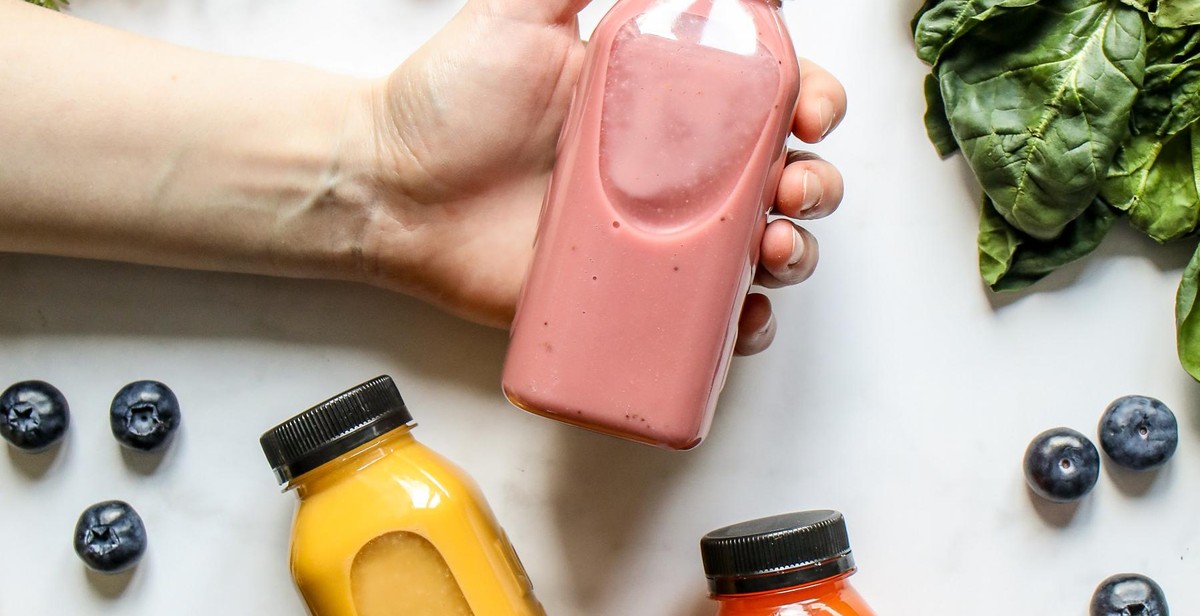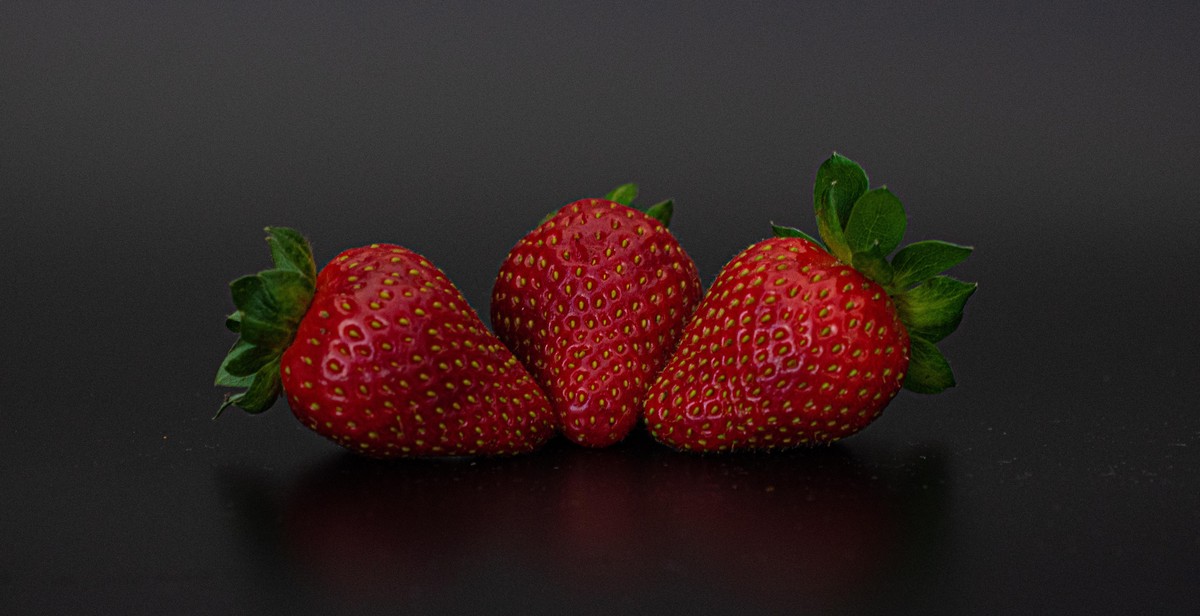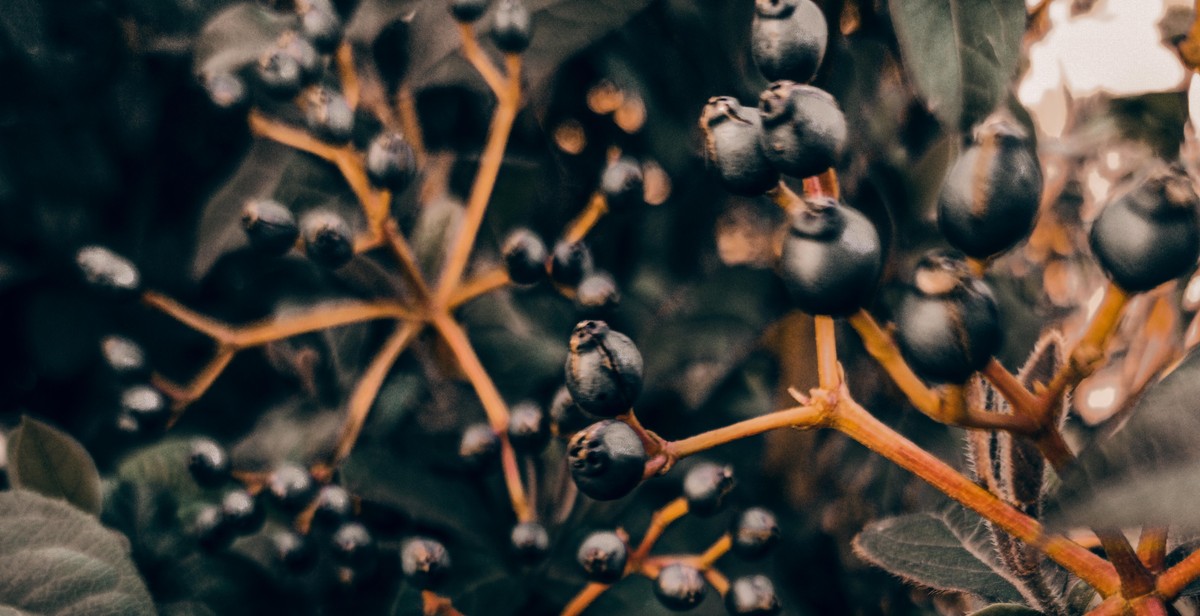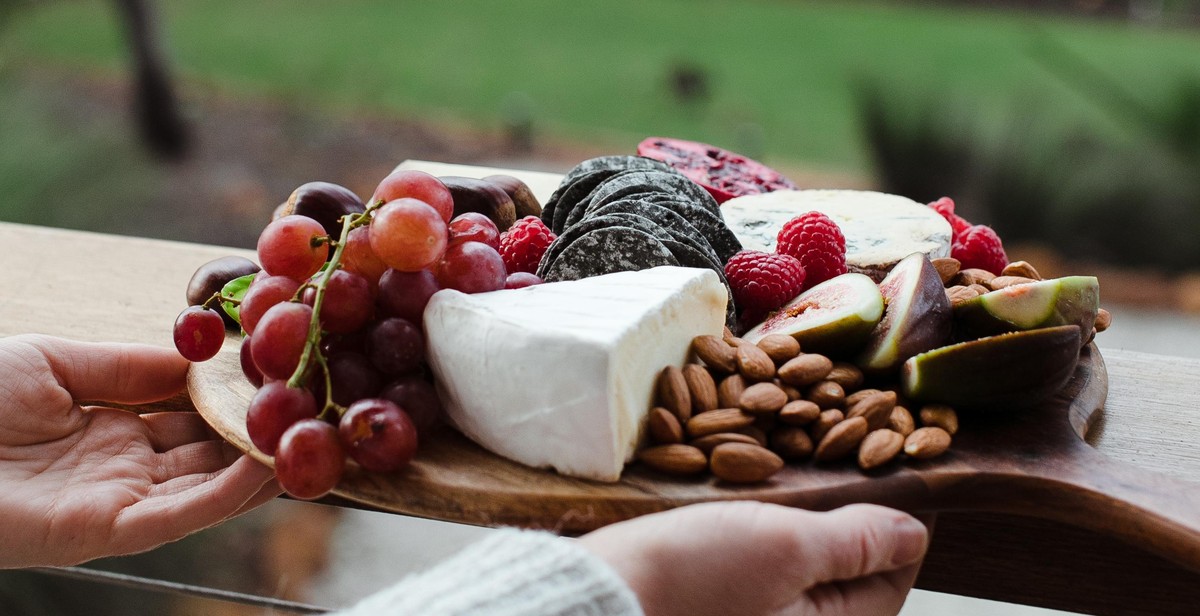How to Grow Organic Berries for Homemade Jams and Desserts
Berries are a delicious and nutritious addition to any diet. They are packed with antioxidants, vitamins, and minerals that can help boost your immune system and improve your overall health. However, store-bought berries can be expensive and may contain harmful pesticides and chemicals. That’s why growing your own organic berries is a great way to ensure that you are getting high-quality, healthy berries while saving money.
Why Grow Your Own Organic Berries?
Growing your own organic berries has many benefits. First, you have control over the growing process, ensuring that your berries are free from harmful pesticides and chemicals. Second, you can choose from a wide variety of berry plants, including strawberries, blueberries, raspberries, and blackberries, allowing you to experiment with different flavors and textures. Third, growing your own berries can be a fun and rewarding hobby that can provide you with fresh produce throughout the growing season.
Organic berry plants are easy to grow, and with a little bit of care and attention, you can enjoy a bountiful harvest of delicious, healthy berries. In this article, we will provide you with tips and tricks for growing your own organic berries, including choosing the right plants, planting and caring for your berries, and harvesting and preserving your crop.

Choosing the Right Berry Varieties
Choosing the right berry varieties is crucial to growing organic berries successfully for homemade jams and desserts. Consider your climate and soil type before selecting the varieties to plant.
Consider Your Climate and Soil Type
Berries thrive in different climate and soil conditions. Before planting, consider the following:
| Climate | Soil Type |
|---|---|
| Strawberries – cool and mild climates | Well-drained soil with a pH of 5.5 to 7.0 |
| Raspberries – cooler climates | Well-drained soil with a pH of 6.0 to 7.0 |
| Blueberries – acidic climates | Acidic soil with a pH of 4.0 to 5.5 |
| Blackberries – warm climates | Well-drained soil with a pH of 6.0 to 6.5 |
Popular Berry Varieties for Homemade Jams and Desserts
Here are some popular berry varieties that are perfect for making homemade jams and desserts:
- Strawberries: Sweet Charlie, Chandler, and Camarosa
- Raspberries: Heritage, Caroline, and Fall Gold
- Blueberries: Bluecrop, Duke, and Legacy
- Blackberries: Triple Crown, Chester Thornless, and Apache
These varieties are known for their high yield, delicious flavor, and excellent texture. Make sure to choose the right variety for your climate and soil type to ensure a successful harvest.

Preparing the Soil and Planting
Before planting your organic berry bushes, it is important to test your soil and adjust the pH levels accordingly. This will ensure that your plants receive the necessary nutrients to grow and produce healthy berries.
Testing Your Soil and Adjusting pH Levels
You can purchase a soil testing kit from your local gardening store or send a sample of your soil to a lab for analysis. The results will indicate the pH level of your soil and any deficiencies in nutrients such as nitrogen, phosphorus, and potassium.
If your soil pH is too low or too high, you can adjust it by adding organic matter such as compost, manure, or peat moss. For example, if your soil is too acidic (pH below 6.0), you can add lime to raise the pH level. If your soil is too alkaline (pH above 7.0), you can add sulfur to lower the pH level.
Preparing the Soil for Planting
Once you have adjusted the pH level of your soil, you can prepare it for planting. Start by removing any weeds, rocks, or debris from the planting area. Then, loosen the soil to a depth of at least 12 inches using a garden fork or tiller.
Next, add a layer of organic matter such as compost or aged manure to the soil. This will improve the soil structure, increase water retention, and provide essential nutrients for your plants.
Planting Your Organic Berry Bushes
When planting your organic berry bushes, make sure to space them at least 2-3 feet apart to allow for proper growth and air circulation. Dig a hole slightly larger than the root ball of your plant and gently place it in the hole. Fill the hole with soil and pack it down firmly around the base of the plant.
Water your plants thoroughly after planting and continue to water them regularly throughout the growing season. You can also add a layer of mulch around the base of your plants to help retain moisture and suppress weed growth.
By testing your soil, adjusting pH levels, and preparing the soil for planting, you can ensure that your organic berry bushes will thrive and produce delicious, healthy berries for your homemade jams and desserts.

Caring for Your Berry Bushes
Once you have planted your organic berry bushes, it is important to take care of them properly to ensure a healthy and bountiful harvest. Below are some tips on how to care for your berry bushes:
Watering
Berry bushes require consistent moisture to produce juicy and plump fruits. Water your bushes regularly, especially during dry spells, to keep the soil evenly moist. Avoid overwatering, as this can lead to root rot and other diseases.
Fertilizing
Organic berry bushes benefit from regular fertilization to promote healthy growth and fruit production. Use a balanced organic fertilizer, such as compost or aged manure, in early spring and again in midsummer. Avoid using chemical fertilizers, as they can harm beneficial soil organisms and leach into groundwater.
Pruning and Training
Proper pruning and training are essential for maintaining the shape and health of your berry bushes. Prune your bushes in late winter or early spring to remove dead, diseased, or damaged wood, as well as any crossing or overcrowded branches. Train your bushes to a trellis or support system to keep them upright and make harvesting easier.
Pest and Disease Control
Berry bushes can be susceptible to a variety of pests and diseases, including aphids, mites, powdery mildew, and fruit rot. To prevent these problems, practice good garden hygiene by keeping the area around your bushes clean and free of debris. You can also use organic pest and disease control methods, such as neem oil, insecticidal soap, and copper fungicides, as needed.
| Pest/Disease | Symptoms | Control |
|---|---|---|
| Aphids | Stunted growth, yellowing leaves, sticky residue | Insecticidal soap, neem oil |
| Mites | Webbing, yellowing leaves, stippling | Neem oil, predatory mites |
| Powdery mildew | White or gray powdery coating on leaves and stems | Copper fungicide, sulfur |
| Fruit rot | Rotted or moldy fruit | Good garden hygiene, copper fungicide |

Harvesting and Storing Your Berries
When to Harvest Your Berries
Harvesting your organic berries at the right time is crucial to getting the best flavor and texture. Here are some tips on when to harvest your favorite berries:
| Berry Type | Harvest Time |
|---|---|
| Strawberries | When they are fully red and firm to the touch. Be sure to pick them before they start to soften or develop mold. |
| Raspberries | When they are fully colored and easily come off the plant when gently pulled. Avoid berries that are mushy or have mold. |
| Blackberries | When they are fully black and easily come off the plant when gently pulled. Avoid berries that are mushy or have mold. |
| Blueberries | When they are fully blue and easily come off the plant when gently pulled. Avoid berries that are green or have mold. |
Properly Storing Your Berries
After harvesting your organic berries, it’s important to store them properly to maintain their freshness and quality. Here are some tips on how to store your berries:
- Do not wash your berries until you are ready to use them. Washing them before storing can cause them to spoil faster.
- Store your berries in a single layer in a shallow container or on a plate lined with paper towels. This will prevent them from getting crushed or developing mold.
- Place your berries in the refrigerator as soon as possible after harvesting. Berries can spoil quickly at room temperature.
- Use your berries within a few days of harvesting for the best flavor and texture.

Conclusion
There is nothing quite like the taste of freshly picked organic berries, especially when they are used to make homemade jams and desserts. Growing your own organic berries is not only a rewarding experience but also a healthier option for you and your family. By following the tips and techniques outlined in this article, you can ensure that your berry plants thrive and produce a bountiful harvest.
Enjoying Your Homemade Berry Jams and Desserts
Once you have harvested your organic berries, it’s time to start making delicious jams and desserts. Whether you prefer a classic strawberry jam or a mixed berry crumble, there are plenty of recipes to choose from. Here are some tips for enjoying your homemade berry creations:
- Store your jams and desserts in airtight containers in the refrigerator to maintain freshness.
- Label your jars with the date they were made to ensure you use them up before they expire.
- Get creative with your recipes and try adding different herbs and spices to enhance the flavor of your berries.
By following these simple tips, you can enjoy the delicious taste of your homemade berry jams and desserts for months to come.
| Benefits of Growing Organic Berries |
|---|
| 1. Healthier option for you and your family |
| 2. Saves money on store-bought berries |
| 3. Reduces your carbon footprint by eliminating the need for transportation |
In conclusion, growing organic berries for homemade jams and desserts is a fun and rewarding experience that offers numerous benefits. By following the tips and techniques outlined in this article, you can ensure that your berry plants thrive and produce a bountiful harvest. So why not start your own berry garden today and enjoy the delicious taste of organic berries all year round!
